What is The Difference Between Ducting and Piping?
Here at I-Sells, as the number 1 supplier of venting and ducting solutions in the UK, we endeavour to bring you the necessity of a properly ventilated home alongside all of the benefits that can be experienced. In this article, we will be answering the question ‘What is the difference between ducting and piping?’
Although these two components seem very similar, there are distinctions that are helpful to know in order for you to distinguish which is which, along with their reason for being used.
All of the solutions we offer are in an effort to disrupt the environment necessary for mould to formulate, as mould can have serious health implications as well as spread easily if left unattended.
Alongside mould control, our venting and ducting solutions also aid in the removal of condensation, retention (and in some cases addition) of heat, and the removal of stale air in your home.
What are the different types of ducting pipe?
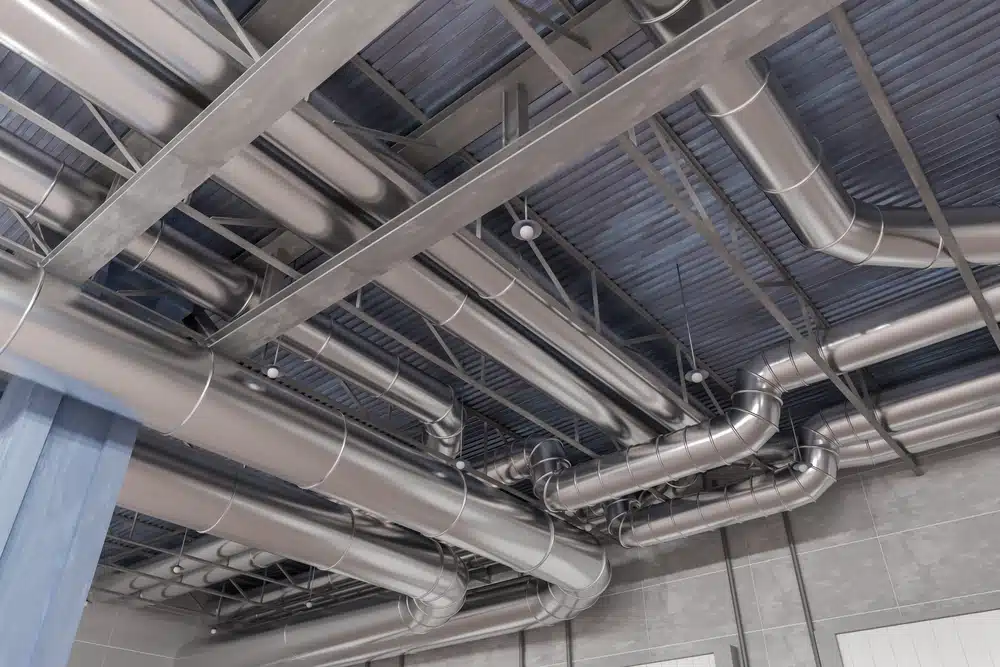
Round Pipe:
Round ducting has the highest airflow performance, this is due to a wider diameter increasing its free area. The lack of corners also decreases resistance within the pipe, which allows for higher airflow rates and higher rates of ventilation.
It is recommended for most applications where space is available for installation. Its main purposes are for long ducting runs, whole-house ventilation systems, HVAC systems, bathroom, toilet and utility room extract fan venting, or any occasion where high rates of extraction are required.
Round PVC ducting pipe can be used for venting exhaust odours and steam from cooker hoods, although flexible ducting may be easier to install in many instances.
Sizes are available from 100mm, 300mm, 500mm and 600mm diameters, with sizes between these dimensions also available. Both round and flat ducting have smooth inner surfaces to reduce air resistance and noise.
Pros & Cons of Round Ducting
Pros: | Cons: |
|
|
|
|
|
|
|
|
|
|
|
|
Flat Channel Duct:
Flat channel ducting is ideal when a low profile is required due to lack of space. It can also be concealed and flush fit against ceilings and walls or within voids.
Please bear in mind that as a result of a lower free area, there is greater pressure created within a duct run. It is therefore essential that you check the manufacturer information for the fan you are planning to install within the run.
If the fan is extracting at a rate that is greater than the duct run can cope with, there is potential for the fan to overheat and burn out. This is both costly and unnecessary.
Flat channel plastic ducting is generally used for installations requiring low extraction rates such as bathrooms, toilets, and utility rooms. Sizes available from 110x54mm to 310x29mm.
Pros & Cons of Flat Channel Ducting
Pros | Cons |
|
|
|
|
|
|
|
What is the difference between ducting and piping?
Ducting and piping may seem similar to each other but there are some differences.
- Piping – a hollow cylinder which transports liquids or gasses that can flow, this can be water, slurries etc.
- Ducting – Ducts are low-pressure pneumatic conveyors to move dust, particles, shavings, fumes or hazardous chemical components from air inside a home or property to the outdoors.
If you want to think of how you can recognise the difference in your home, for example, pipes are usually connected to your sinks, or from your heating units, but they are generally smaller when it comes to domestic use.
Ducting, on the other hand, would appear larger, think of your cooker hood, or your extractor fans.
Can you seal plastic ducting?
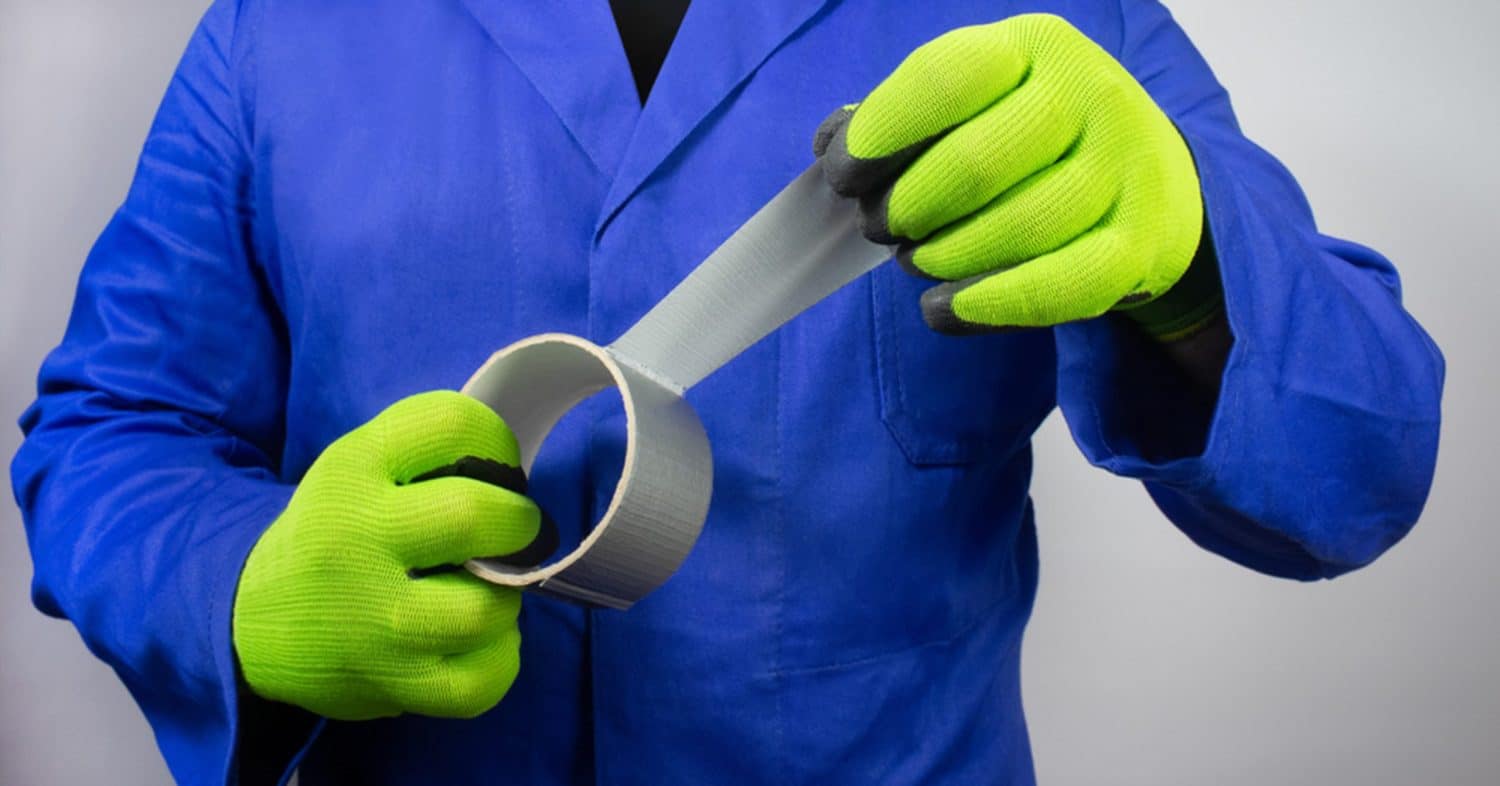
Yes, plastic ducting can be sealed, here are two methods that can be used to do so:
Duct tapes
Aluminium duct tape is a very common method of sealing plastic duct runs; however, cloth tape also provides a very tight and very long-lasting air-tight seal. Ducting sealant or caulking is a better option to give an airtight but permanent seal.
Be sure to apply the duct tape slowly and without any creases, as these may allow air to leak and increase pressure loss within the duct run.
Duct tapes give a very secure but temporary seal, if you are looking for a completely air-tight and permanent seal, then silicone sealants can be used.
It is said that you should check your duct sealing tape every year to ensure that an airtight bond is still being achieved.
Sealants
Clear or grey-coloured sealants are available, and once set, they provide a very strong seal that cannot be undone, this is perhaps why people prefer to use duct tape, but for the lowest air pressure drop, a ducting sealant is the best option.
It is usually unnecessary to prime and glue plastic ducting pipes, but if you prefer to do this to ensure a permanent seal, you can. Ducting sealant is specifically designed to create a very strong bond without this process.
Ducting sealant takes a little while longer to set than PVC glue, however, this is usually seen as a positive thing, as it gives you time to make any last adjustments before it sets solidly.
Does ducting need to be sealed?
Whether you choose metal or plastic ducting, it must always be sealed. Otherwise, the ventilation process is not as efficient or can even be made irrelevant.
Having unsealed ductwork means the air that is being extracted or delivered will be released in the wrong place, having unsealed ducting also reduces the pressure in the vents and can allow dust and other allergens to be released in areas they shouldn’t be.
Why ducting is so important
Ducting is important as it is used in order to create an isolated airflow for extracted air to travel through, the airflow is facilitated by the use of an extractor fan or PIV systems.
These systems aid in creating a home or space with fresh air and help to regulate the temperature in order to prevent the cultivation of mould and dampness.
Mould can severely affect your immune and respiratory system, as the spores are easily breathable and not obvious to see through the human eye.
If you have found mould in your home, you need to assess if this is your landlord’s responsibility (for example it could be from a leaking roof that needs repairing). Or if the damp is caused by improper ventilation. To assess your options, click here.
If you want the best possible prevention from the dangers of mould, ventilation systems along with having a regular ventilating routine is the most secure option you take. Proper ventilation is as simple as:
- Opening a window and using an extractor fan during or after a hot bath/shower
- Creating an airflow by opening windows on different sides of the home for around 20 minutes a day
- Buying or making use of extractor fans within the home
- Opening a window or using an extractor in the kitchen whilst cooking hot meals
- (if living in a house) opening windows downstairs and upstairs, allowing the rising hot air to escape through upstairs windows, while cool, fresh air circulates in from the downstairs windows.
Track your humidity levels
Consider buying a Hygrometer. This device measures the levels of humidity in the air, which can indicate to you which rooms are creating the perfect environment for mould. This is a valuable maintenance and detection device that we offer.
Deal with it
If you find mould on any surfaces, clean it immediately with our anti-mould surface cleaner.
If mould reappears at a certain spot in your home, check to see if there is any leak or damage to the area that can be letting moisture in. If so, contact your landlord or trusted tradesman to fix the issue.
Browse our mould control options for the best possible solutions to dealing with mould.
Please note that these steps will not completely defend against mould if there are leakage issues in your home, but will certainly help to mitigate the growth of mould if done on a regular basis.
I-Sells – Ducting and ventilation

We at I-Sells endeavour to make sure our customers have all the information they need before choosing to invest in our mould solutions. Be sure to visit our blog page to gain knowledge on the wide array of factors and issues surrounding ventilation, mould, condensation, and much more.
We hope to have answered the question ‘What is HVAC and ducting?’
We understand you may have more questions, Please do not hesitate to contact us for more information with regard to whatever you may need our help with. If you’d like to send us an email, click here. For other contact options, see below:
Call us on 020 8463 9696
Visit us at our showroom:
*OPENING TIMES*
Monday – Friday: 8:00 am to 5:30 pm
Saturday: 9:00 am to 12:00 pm
Sunday: Closed
15 St John’s Parade
Sidcup, Kent
DA14 6ES
United Kingdom

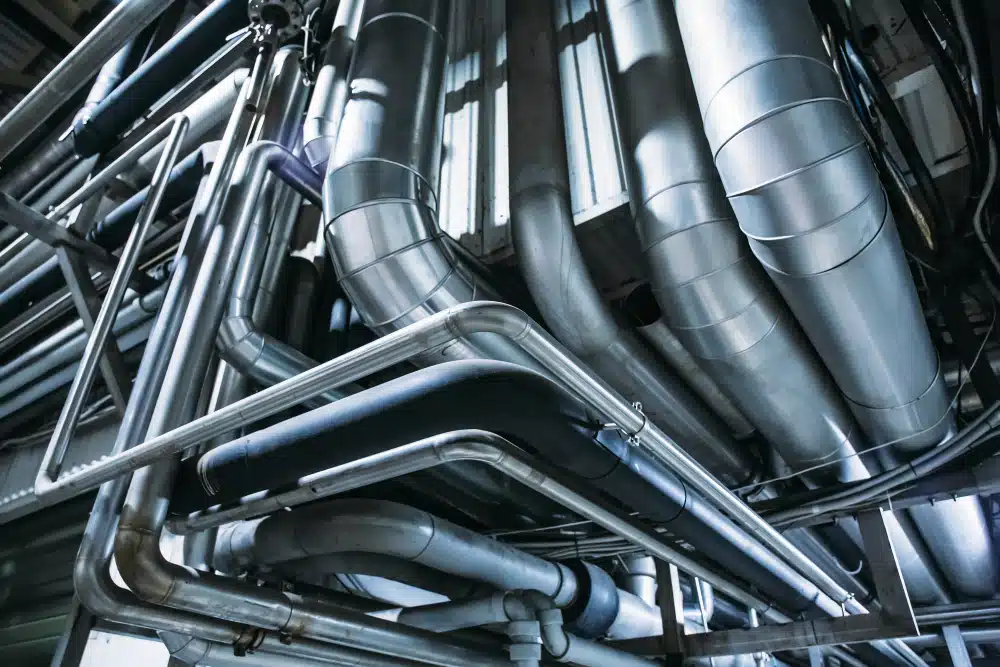


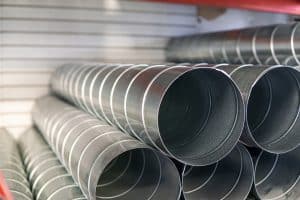
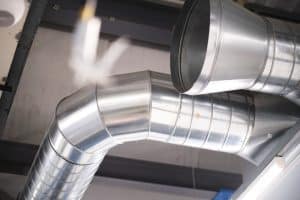























Add comment
You must be logged in to post a comment.